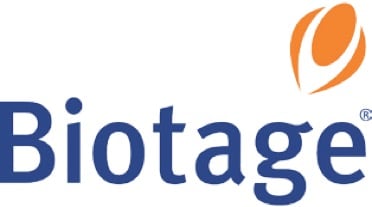Matt Harden
Matt is an Applications Chemist at Biotage. In his current role, Matt supports the pre-sales and post-sales team, the marketing team, and clients in order to provide customer service for a wide range of solid-phase extraction and evaporation/concentration systems. Matt also helps to research ways of optimizing the extraction processes used for solid-phase extraction and then develop application notes based on that research. Matt received his Bachelor of Science in Biology with a minor in Chemistry from Western New England University and possesses a Master of Healthcare Administration from Mass College of Pharmacy and Health Sciences. In his prior role working in an environmental contract laboratory, he was able to experience the first-hand experience in the manual extraction, concentration, and analysis of a variety of EPA regulated methods such as 608.3, 625.1, 8015, 8081/8082, and 8270D among other methods. Matt also has prior experience in application sciences for a variety of other environmental instrumentation.

